Detailed Report: Organic Food Consumption Survey in Singapore
VerifiedAdded on 2021/12/14
|7
|788
|85
Report
AI Summary
This report presents the methodology, findings, and analysis of a survey conducted to assess the popularity and potential consumption rate of organic food in Singapore. The research employed a mixed-methods approach, combining secondary research of journals and articles with primary research through questionnaires and an online survey. The survey targeted a diverse age range, with a majority of participants between 18 and 27, and explored their preferences for vegetables, frequency of consumption, familiarity with organic options, and opinions on taste and quality. The findings revealed that while a significant portion of respondents liked vegetables and were familiar with organic options, there were varying preferences in flavors and consumption habits. The analysis highlights key insights into consumer behavior and potential market opportunities for organic food products in Singapore.
1 out of 7
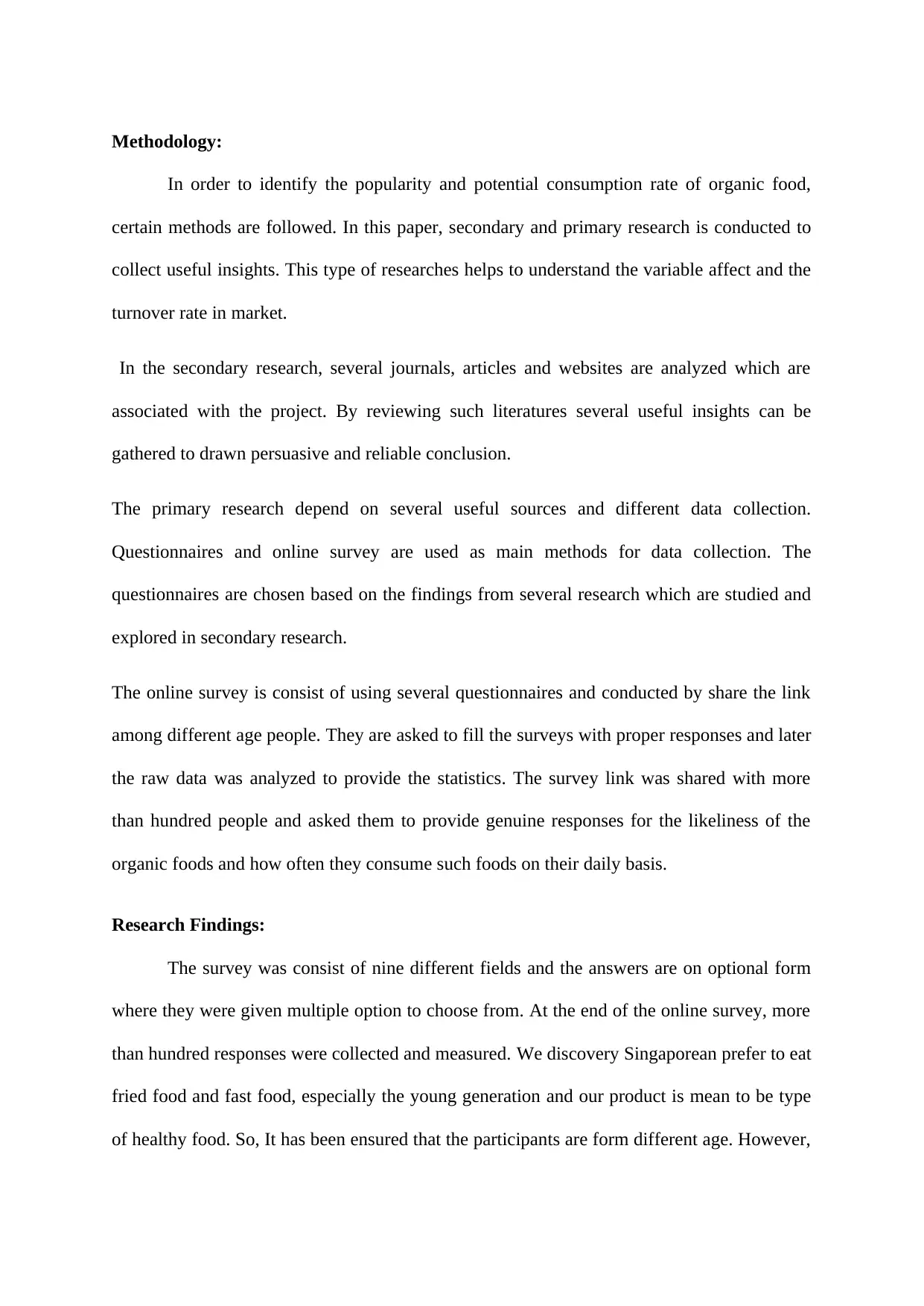
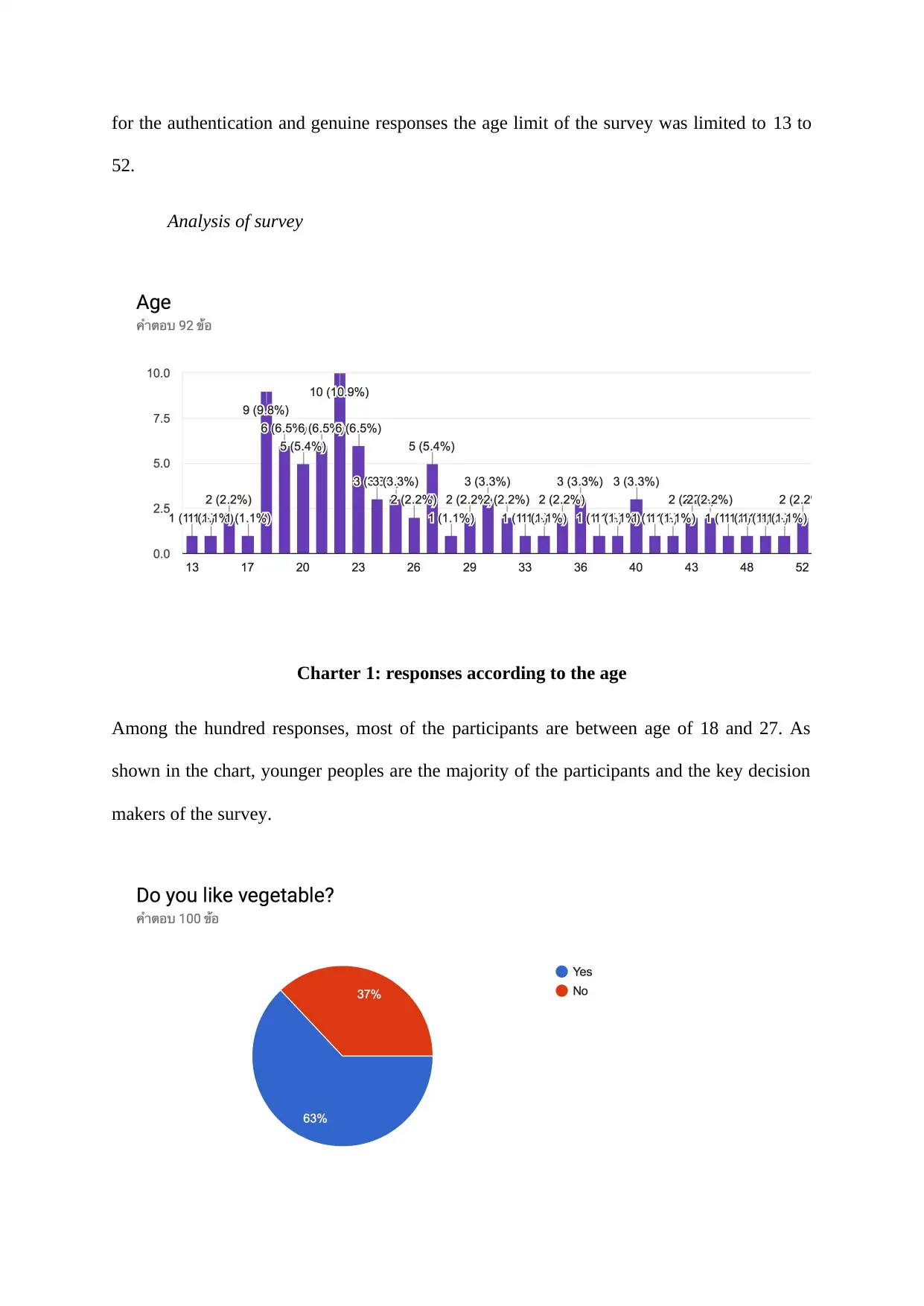
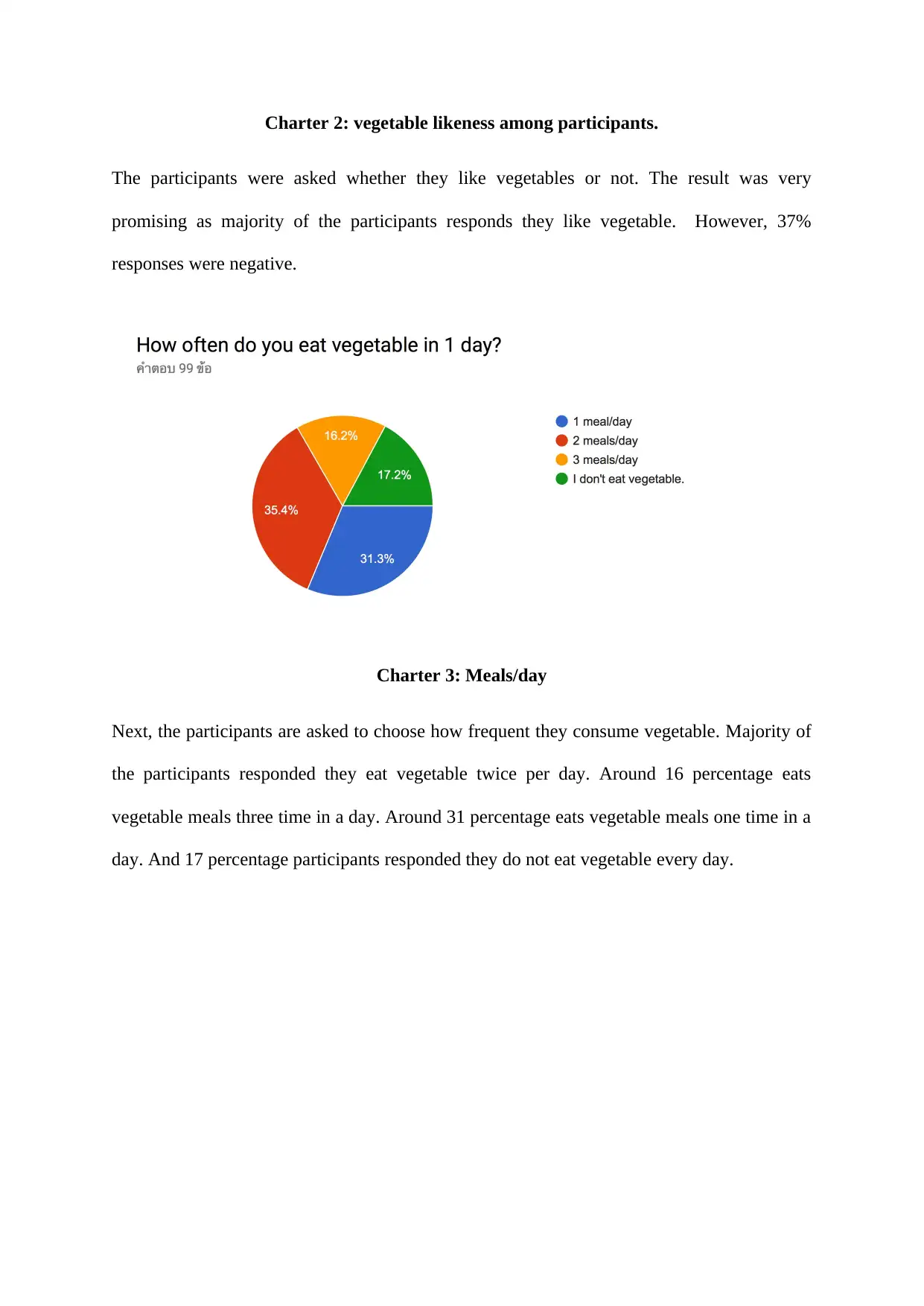

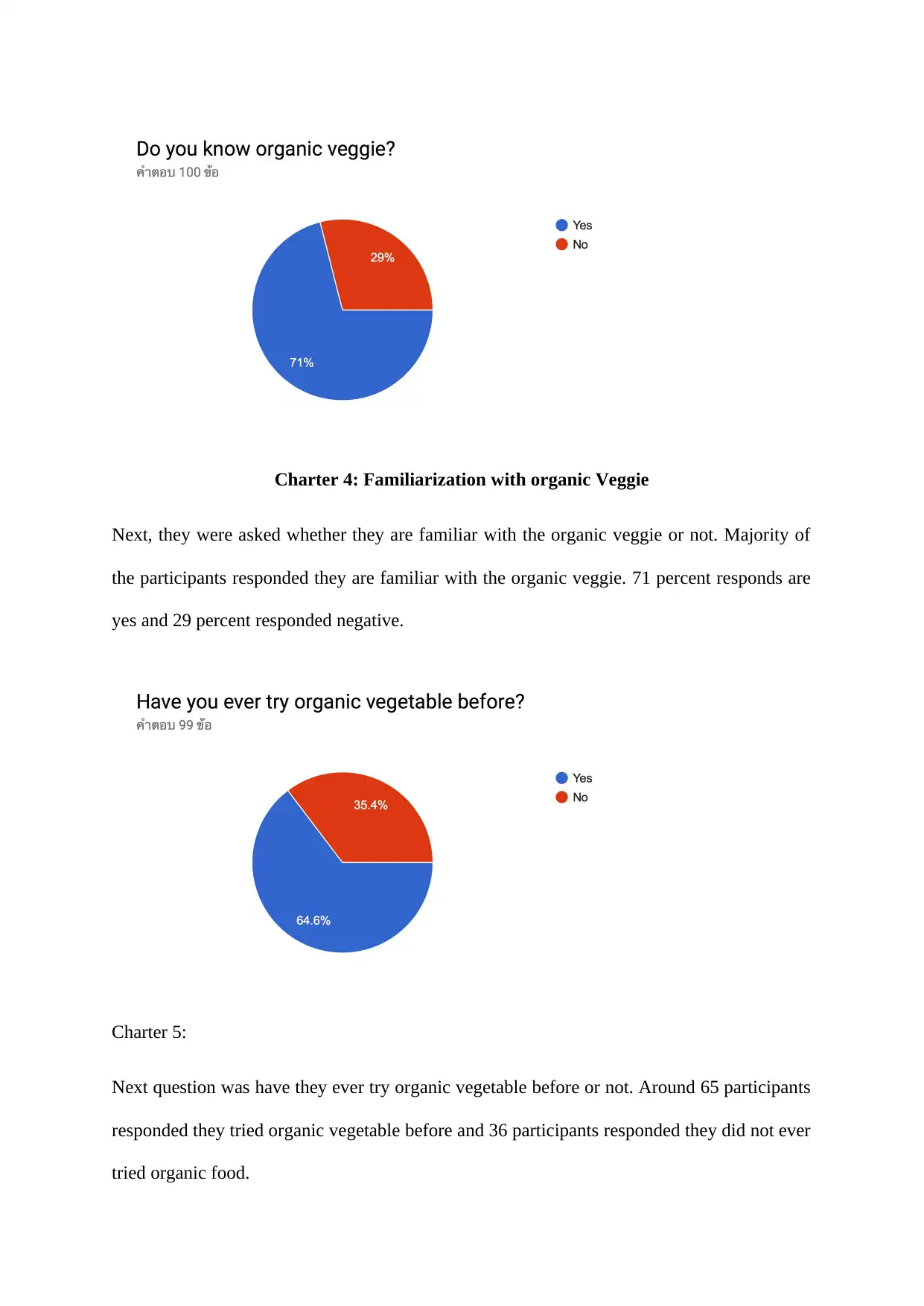
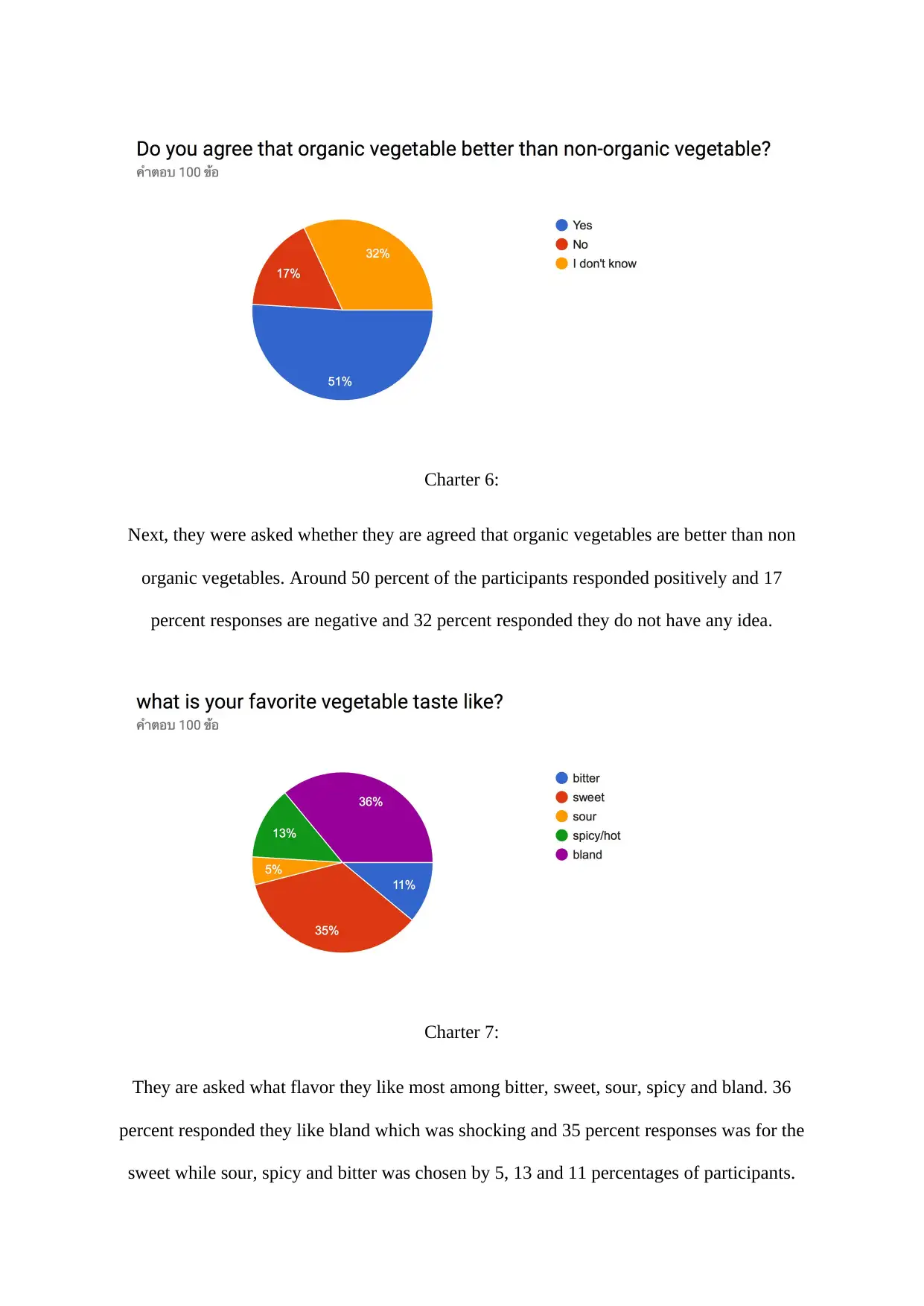
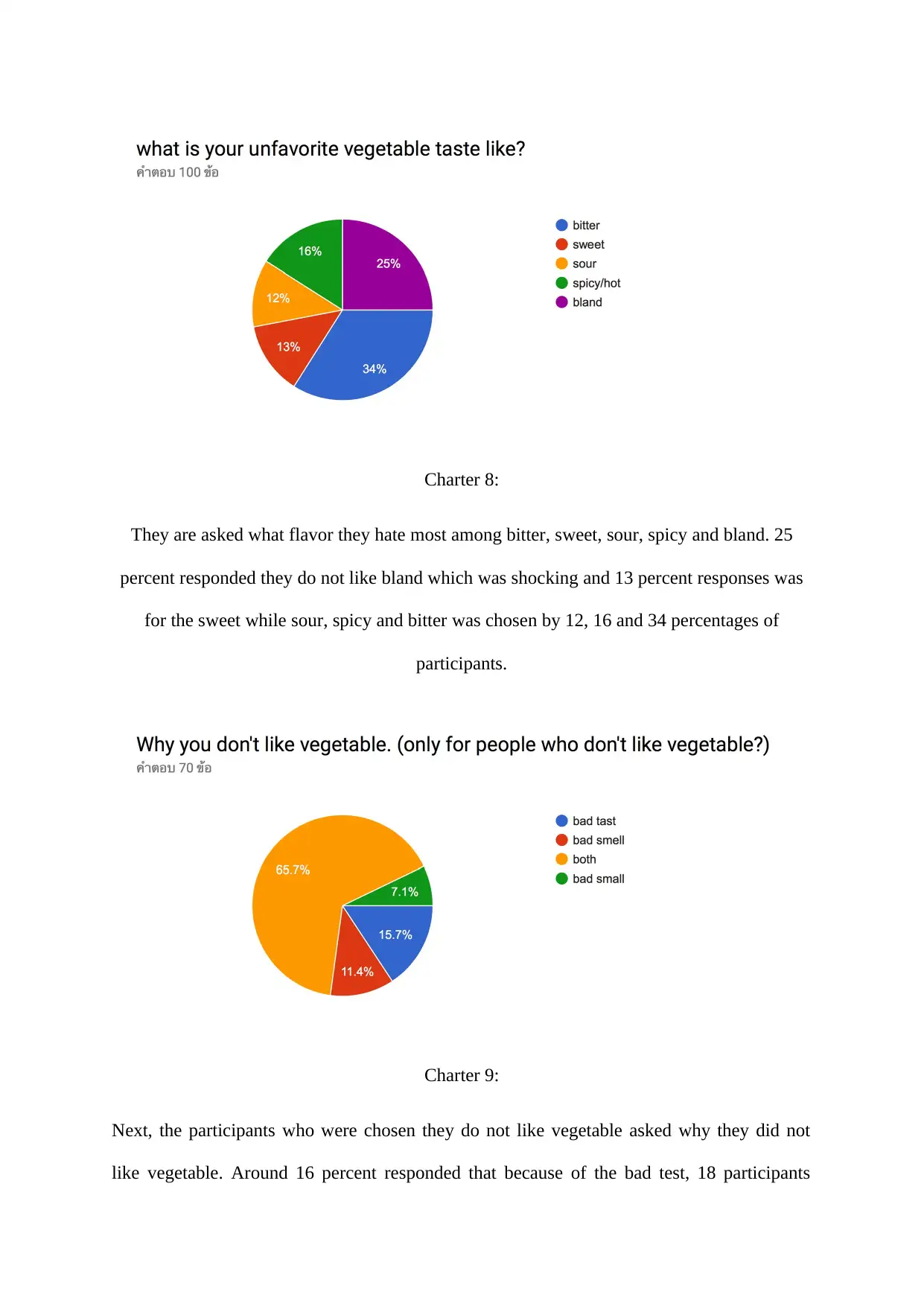







![[object Object]](/_next/static/media/star-bottom.7253800d.svg)